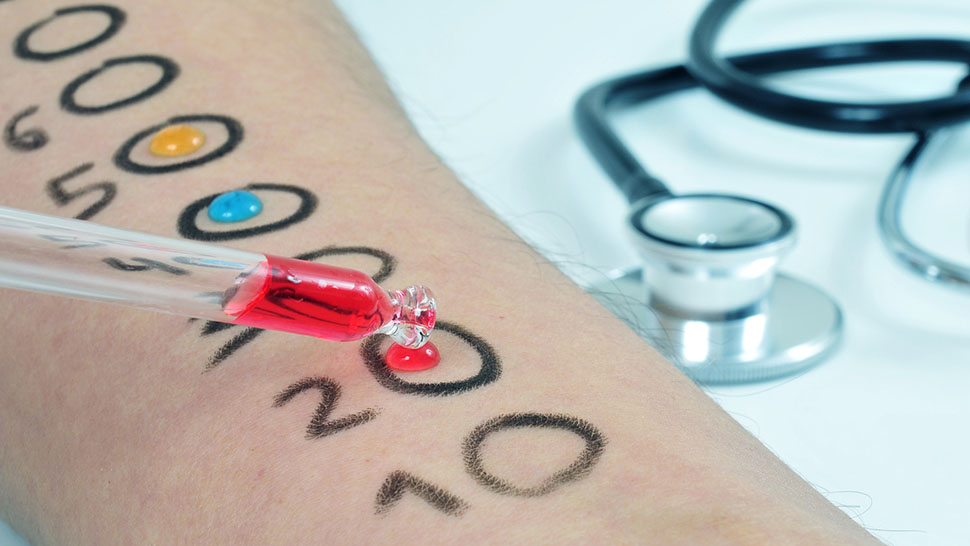
What’s the buzz?
Food-sensitivity blood tests can save you from exposure to harmful ingredients. But could they be needlessly limiting your food choices?
What does the science say?
Awareness around food allergies and intolerances has increased exponentially in the last decade. This is great news for someone with a food allergy — doctors are more likely to test for and diagnose food allergies early on, restaurants and other food vendors are offering more allergy-friendly dishes, and there is a boom of allergen-free food products on the grocery store shelves.
Some food allergies can be fairly straightforward to diagnose with a skin test conducted by your doctor, but other times diagnosing food allergies and intolerances takes some legwork and may require anything from blood work to keeping food journals, tracking symptoms, and temporarily eliminating some ingredients from your diet.
At-home test kits are appealing to those of us who crave at-your-fingertips (quite literally) information by providing information that was once thought to be reserved for only a medical environment. Within days of pricking your finger, you could have a list of foods (sometimes long and often very specific) that you should be avoiding, ranging from chicken or eggs to basil and mustard. However, these results are often based on detection of Immunoglobulin G (IgG) antibodies. According to the Food Allergy Research and Education (FARE) organization, IgG antibodies are found in both allergic and non-allergic people — and their presence is a normal response to simply eating food. So, this information may lead to unnecessary limits on food choices, which can result in stress around food and even nutrient deficiencies.
Yup, you read that right — a test could come back with a food to avoid that really isn’t a problem for you at all! But these test results are sold to consumers as being able to identify trigger foods that cause anything from Crohn’s disease and diabetes to depression, headaches, bloating, attention deficit disorder, and more. Consumers are then given little direction what to do next, so they tend to eliminate all foods on the list that this mail-order test has said are bad for their body. However, sometimes the symptoms that pushed you to take the test and eliminate certain foods could signal a larger underlying health problem and self-diagnosing doesn’t get to the root cause of the issue.
What’s the takeaway?
Blood tests that tell you to eliminate certain foods can often unnecessarily limit your food choices, and you could be missing out on important nutrients — or simply the pleasure of some of your favorite foods. If you do choose to use one of these tests, work with a trained health care professional to help you identify which of the foods may be causing symptoms by guiding you through an elimination diet and eventually reintroduction of foods. If you eliminate these foods and don’t feel any different, you probably don’t need to avoid the food. So how do you really know the difference between an allergy or intolerance — and avoid information overload? As old school as it may sound, the best way is to head to the doctor.
Looking for more information on allergies? Learn more here or visit the FARE website.